Ask Ethan: What surprises might NASA’s future space telescopes discover?
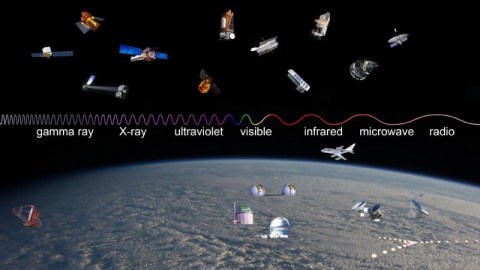
With James Webb and WFIRST launching soon, the Universe can expect a revolution. But what will it look like?
“For the first time we can learn about individual stars from near the beginning of time. There are surely many more out there.” –Neil Gehrels
When the Hubble Space Telescope launched in 1990, there were a slew of things we knew we were going to measure. We would see individual stars in more distant galaxies than ever before; we would measure the deep, distant Universe in ways that had never been seen; we would peer inside star-forming regions and view nebulae at unprecedented resolutions; we could catch eruptions on Jupiter’s and Saturn’s moons that had never been seen before. But the biggest discoveries — like dark energy, supermassive black holes, and exoplanet and protoplanetary disk discoveries — were revolutions we didn’t anticipate. Will that trend continue with James Webb and WFIRST? AJKamper wants to know, and asks:
Without hypothesizing radical new physics, what results from Webb or WFIRST would surprise you the most?
In order to predict this, we need to know what these telescopes are capable of measuring.
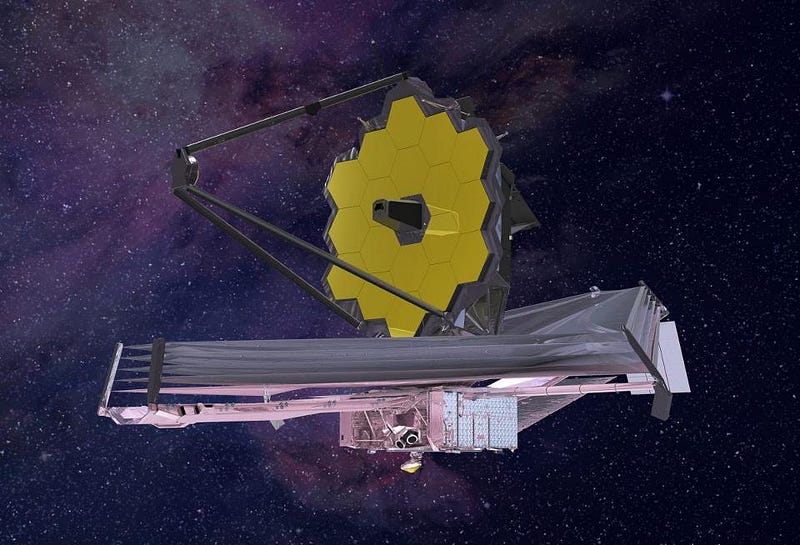
James Webb is our next generation space telescope, launching in October of 2018. When it’s fully deployed, cooled and operational, it will be the most powerful observatory in all of human history. It will be 6.5 meters in diameter, have seven times the light-gathering power and nearly three times the resolution of Hubble. It will cover wavelengths from 550 to 30,000 nanometers: from visible light all the way into the mid-infrared. It will be able to measure colors and spectra from everything it observes, maximizing the use of practically each and every photon. And its location in space will allow us to see everything across the spectrum it’s sensitive to, rather than just the wavelengths that the atmosphere is partially transparent to.
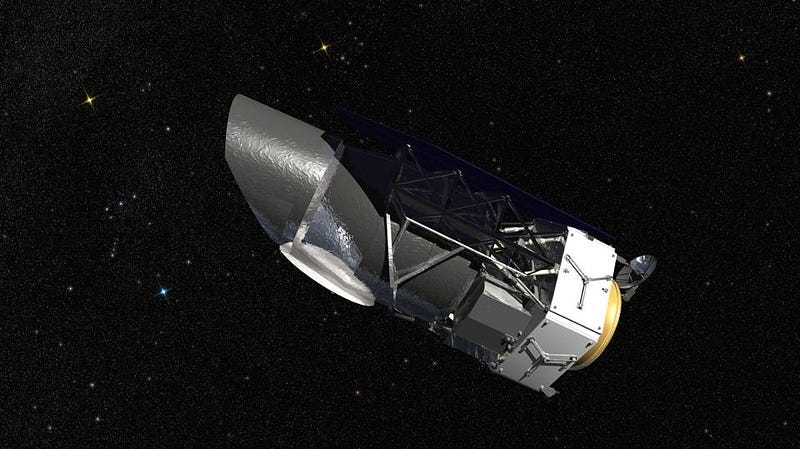
WFIRST is NASA’s flagship mission of the 2020s, presently slated to launch in 2024. It won’t be large; it won’t be infrared; it won’t cover anything new that Hubble can’t do. It’s simply going to do it better and faster. How much better? With every patch of sky that Hubble looks at, it collects light from its entire field of view, allowing it to photograph nebulae, planetary systems, galaxies or clusters of galaxies by taking large numbers of images and stitching them together. WFIRST will do the same thing, but with a field of view that’s 100 times greater. In other words, everything Hubble can do, WFIRST can do 100 times faster. If you took the same observations as the Hubble eXtreme Deep Field, where Hubble looked at the same patch of sky for 23 days and found 5,500 galaxies, WFIRST would find over half-a-million.
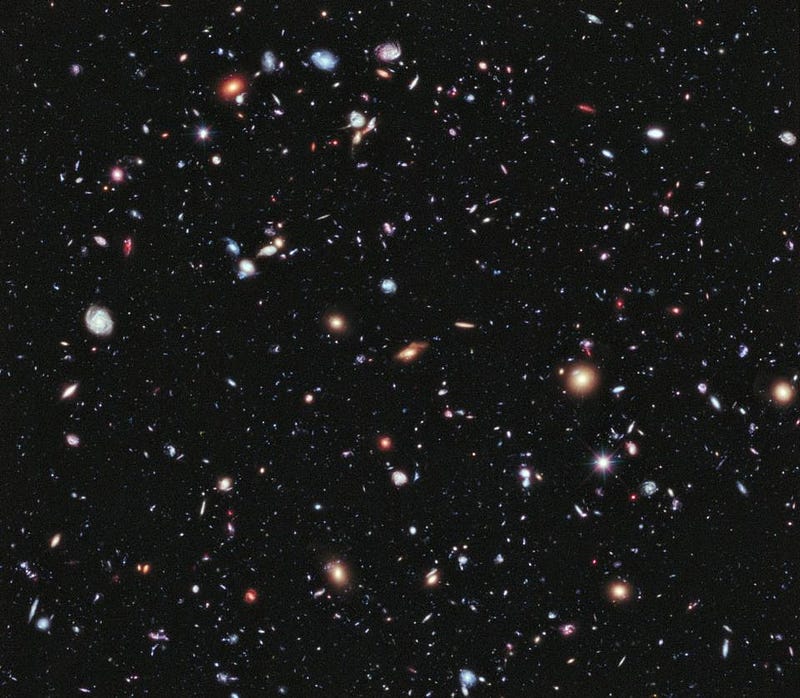
But it’s not the known things we’re going to uncover that are the most exciting, it’s the things that we don’t even know are out there that we’ll discover with these two new great observatories! The key, in anticipating them, is having a good imagination for what else might be out there, and an understanding of what the technical sensitivities of these two telescopes will reveal. Things don’t need to be radically different from what we expect to see, either, for the Universe to deliver a tremendous revolution in our thinking. Here are seven candidates for what James Webb and WFIRST might find!
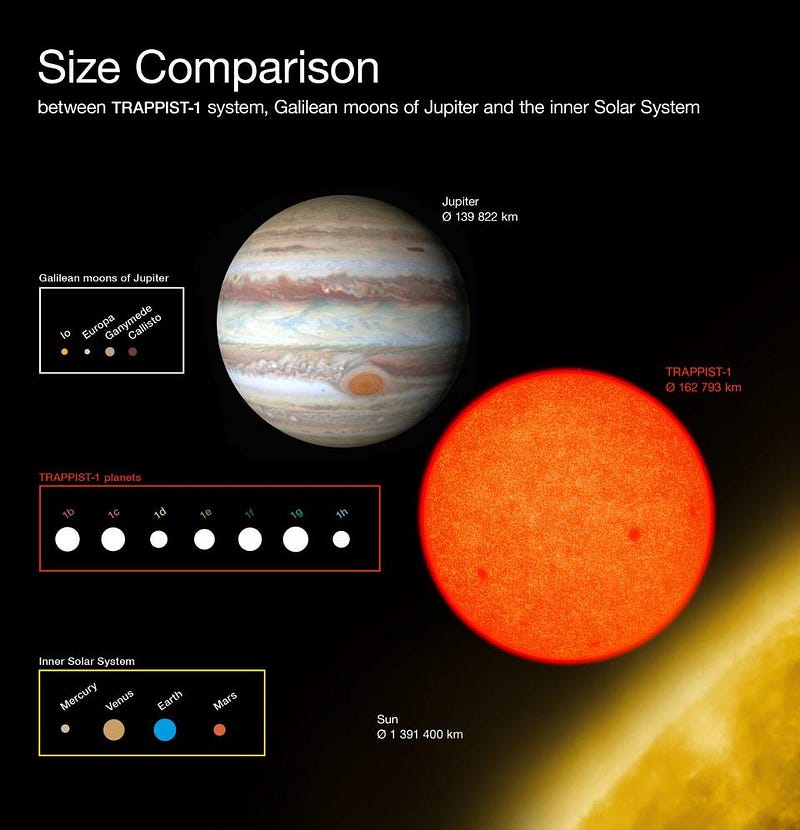
1.) An oxygen-rich atmosphere on an Earth-sized, potentially habitable world. A year ago, searching for Earth-sized worlds in the habitable zone of Sun-like stars was all the rage. But since the discovery of Proxima b and, most recently, the seven Earth-sized worlds around TRAPPIST-1, Earth-sized worlds around tiny, red dwarf stars has set off a firestorm of speculation. If these worlds are inhabited, and if they have atmospheres, the fact that the size of Earth is so large compared to the sizes of these stars means we can measure their atmospheric contents during a transit! The absorptive effects of molecules — like carbon dioxide, methane or even oxygen — could provide the first indirect evidence for life. James Webb will be capable of seeing this, and the results could shake up the world!
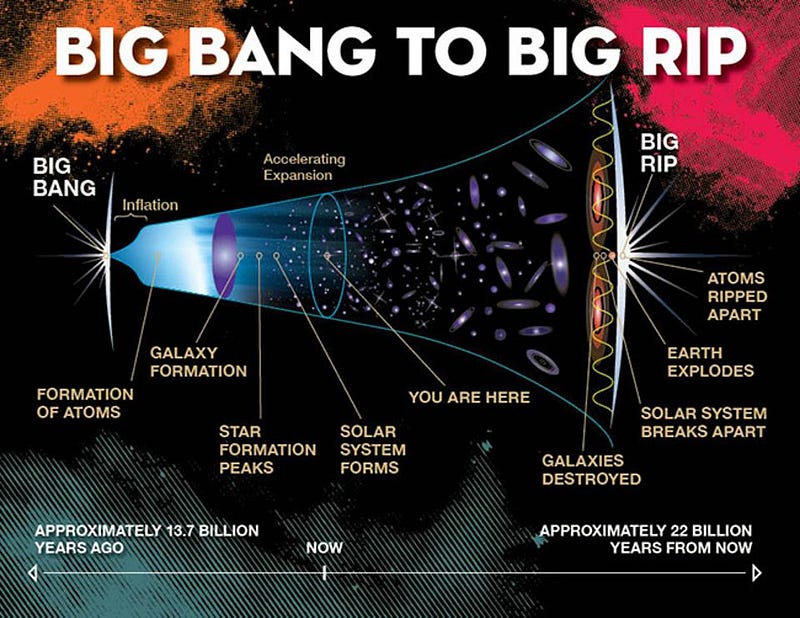
2.) Evidence that dark energy isn’t constant, and that perhaps we’re in store for a Big Rip. One of the primary science goals for WFIRST is to survey the sky out to very large distances to look for new type Ia supernovae. These are the same events that led to the discovery of dark energy, but instead of tens or hundreds, it will collect many thousands, and out to very large distances. And what it will allow us to measure is not just the rate of expansion of the Universe, but how it’s changed over time, to about ten times better precision than we can currently measure. If dark energy is different from a cosmological constant by even 1%, we’ll find it. And if it’s even 1% more negative than a cosmological constant’s negative pressure, our Universe will end in a Big Rip. That would be a surprise for sure, but we only have the one Universe, and it behooves us to listen to what it tells us about itself.
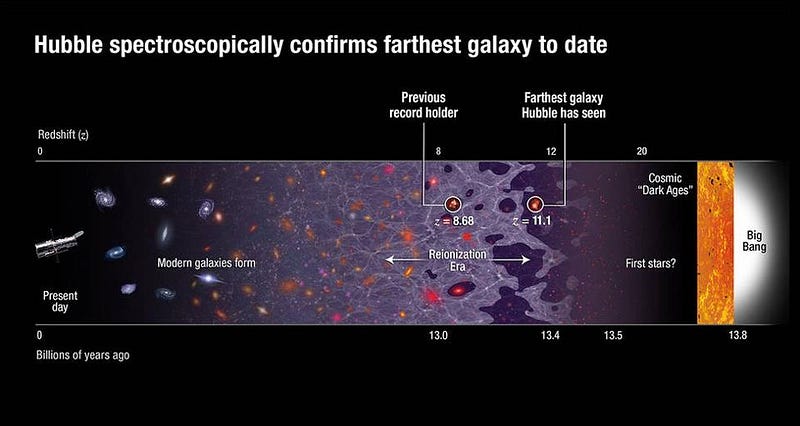
3.) Stars and galaxies form earlier than our standard theories predict. James Webb will be able, thanks to its infrared eyes, to see back to when the Universe was just 200–275 million years old: under 2% of its current age. This should capture most of the first galaxies and the late stages of formation of the first stars, but we might find evidence that previous generations of stars and galaxies existed even earlier. If this were the case, it would mean that something was different about the way gravitational growth occurred from the time of the CMB (at 380,000 years) until the time the first stars formed. It would be an interesting problem for sure!
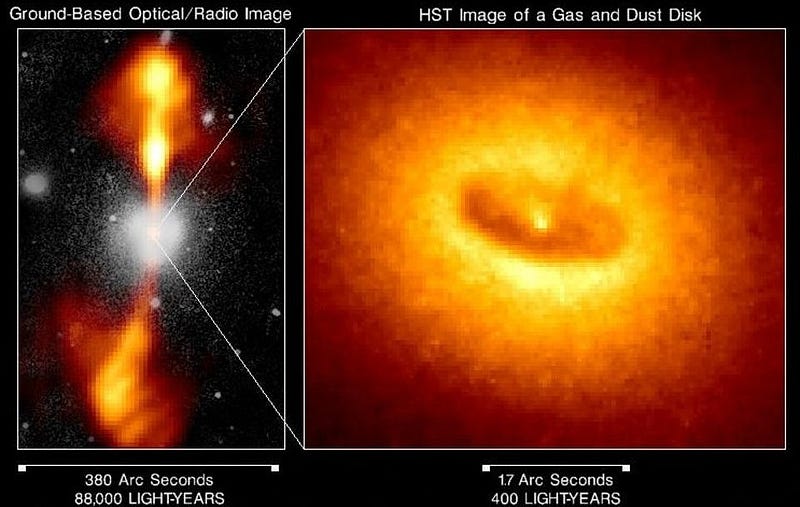
4.) Supermassive black holes predate the first galaxies. As far back as we’ve been able to measure them, to when the Universe was perhaps one billion years old, galaxies are seen to contain supermassive black holes. The standard theory is that these black holes began from the first generation of stars, merged together and sunk to the centers of clusters, then accreted matter to become supermassive. The standard hope is to find confirmation of this picture, and of growing, early-stage black holes, but a surprise would be to find them fully-grown in these ultra-young galaxies. James Webb and WFIRST both will shed light on these objects, and finding them in any stage will be a huge advance for science!
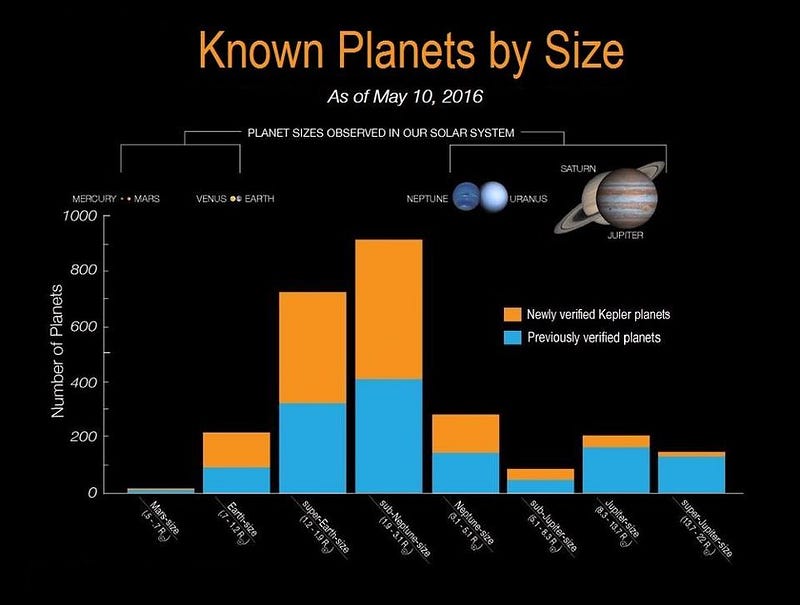
5.) Low-mass exoplanets, only 10% the mass of Earth, may be the most common type of all. This is a WFIRST specialty: surveying large regions of the sky for microlensing events. When a star passes in front of another star from our point of view, the warping of space causes a magnification event in a predictable, brightening-and-dimming matter. The presence of planets around the foregound system will alter the light signal, allowing us to detect them with better, lower mass sensitivity than any other method. With WFIRST, we will probe down to planets only 10% the mass of Earth: as small as Mars. Are Mars-like worlds more common than Earths? WFIRST may find out!
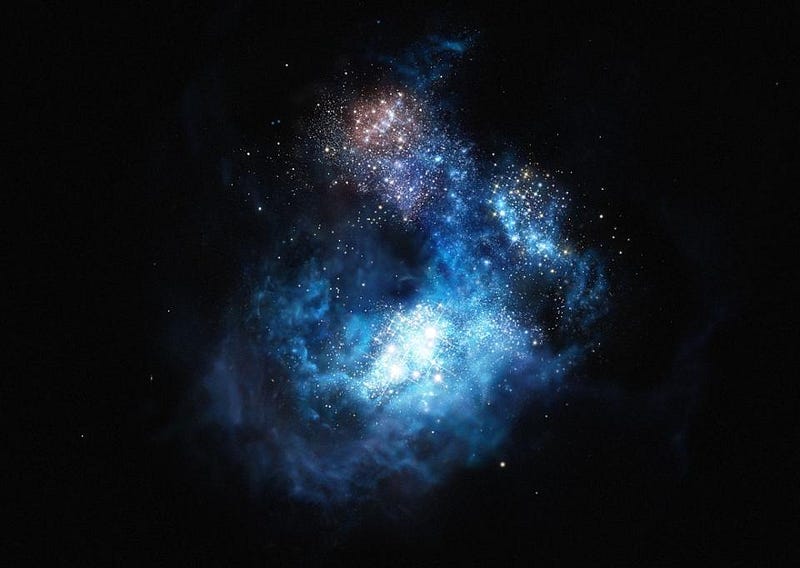
6.) The first stars may be much more massive than the largest stars that exist today. In studying the first stars, we know already that they’re vastly different than the ones we have today: almost 100% pure hydrogen and helium, with no other elements. But those other elements play an important role in cooling, radiation and preventing stars from getting too large in the early stages. The largest star known today, in the Tarantula Nebula, is about 260 solar masses. But stars may have been 300, 500 or even 1000 solar masses in the early Universe! James Webb should enable us to find this out, and may teach us something incredible about the earliest stars in the Universe.
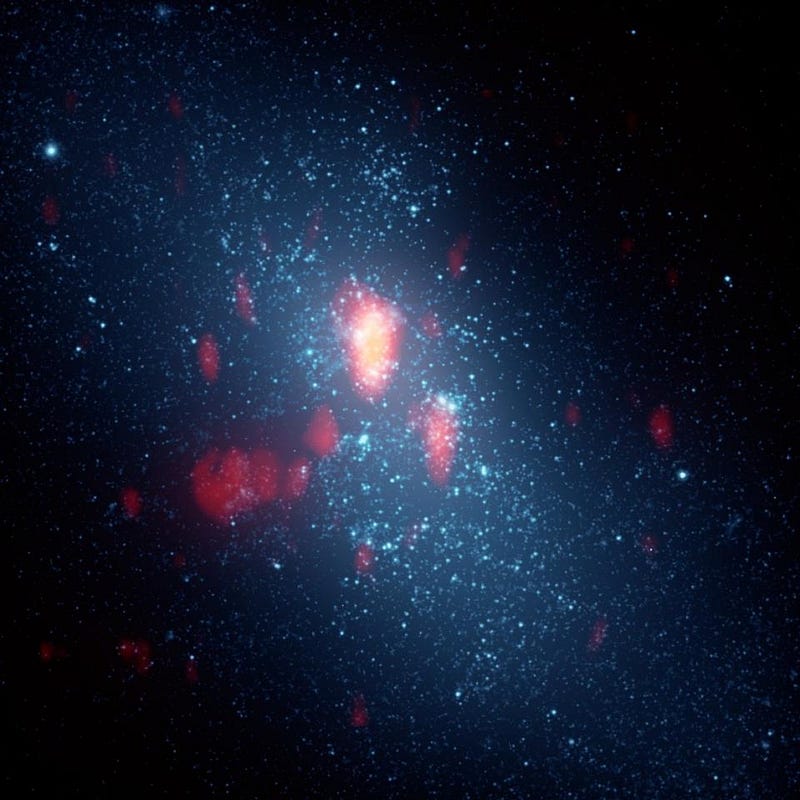
7.) Dark matter may be far less dominant, particularly in the first, faint galaxies, than in galaxies today. Finally, we may be able, by measuring galaxies in the ultra-distant Universe, to determine whether the normal-matter-to-dark-matter ratio changes over time. When intense star formation occurs, it expels normal matter from galaxies unless they’re large enough, which means that faint, early galaxies should have more normal matter as compared to their dark matter versus the faint galaxies we see nearby. Seeing this would validate the dark matter picture and be a blow to modified gravity theories; seeing the opposite could disprove dark matter. James Webb will be okay at this, but the large statistics of WFIRST will be the real game-changer here.
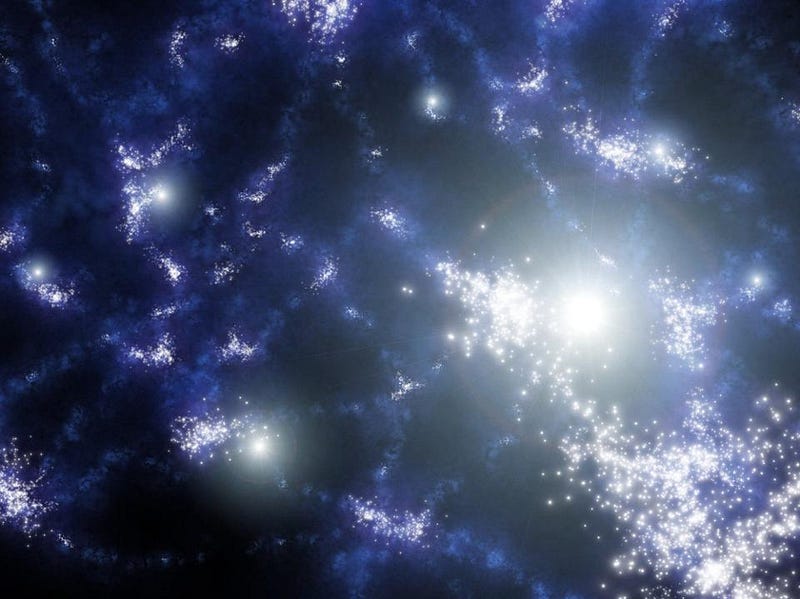
These are only possibilities, and there are others far too numerous to mention here. The whole point of running the observatories, collecting the data, and doing the science is that we don’t know what the Universe is like until we ask the right questions to allow us to find out. James Webb will focus on four main themes: first light and reionization, the assembly and growth of galaxies, the birth of stars and formation of planets, and in searching for planets and the origin of life. WFIRST will focus on dark energy, both from supernovae and baryon acoustic oscillations, exoplanets, from microlensing and direct imaging, and large-area surveys in the near-infrared from space, far surpassing previous observatories like 2MASS and WISE.
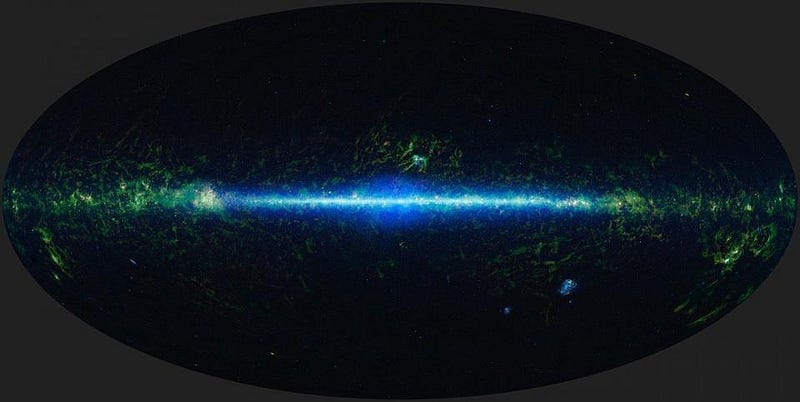
It’s remarkable how well we understand the Universe today, but the questions that James Webb and WFIRST will answer are only being asked today because of what we’ve learned so far. It may turn out that there are no surprises at all on these fronts, but it’s more likely that we’ll not only find surprises, but that our best guesses as to what they’ll be will turn out to be wildly incorrect. Part of the fun of science is that you never know when or how the Universe is going to surprise you by revealing something new. When it does, it’s the greatest opportunity of all to advance humanity: by enabling us to learn something entirely novel, and changing the way we understand our own physical reality.
Send in your Ask Ethan questions to startswithabang at gmail dot com!
This post first appeared at Forbes, and is brought to you ad-free by our Patreon supporters. Comment on our forum, & buy our first book: Beyond The Galaxy!





